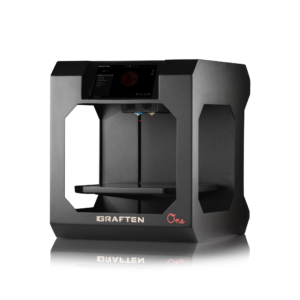Description
Manufacturer – Verbatim
Fixed diameter across the entire length of the roll.
Uniform color and intense color.
Excellent adhesion between layers.
Possibility to reflect the smallest details.
Spool dimensions: diameter 200 mm, hole 51 mm, width 72 mm







